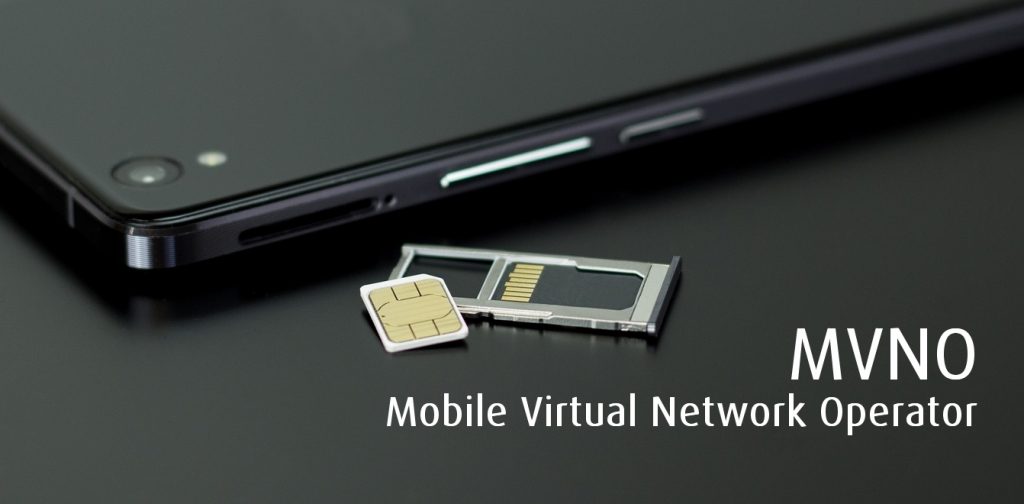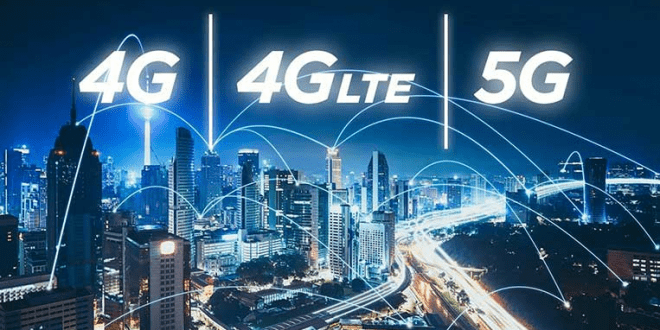LTE vs 5G Understanding Differences and Implications
The comparison between LTE (Long-Term Evolution) and 5G has become increasingly common as these two networking technologies shape the future of mobile communications. However, the differences between LTE and 5G are often misunderstood or misrepresented. This article aims to provide a clear understanding of the disparities between the two technologies and their implications for various industries.
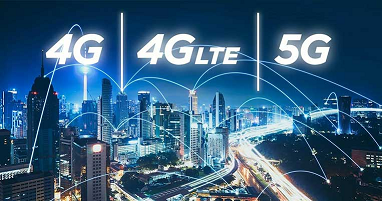
LTE: Evolution of 4G
LTE, commonly referred to as 4G, was introduced as a standard by the International Telecommunication Union (ITU) in 2008. It was developed as an upgrade to existing 3G networks to provide faster speeds and improved performance. LTE operates on frequency bands, namely Frequency Division Duplexing (FDD) and Time Division Duplexing (TDD). It offers download speeds of up to 150 Mbps and upload speeds of up to 50 Mbps, although actual speeds may vary.
Advantages of LTE
- Faster Data Speeds: LTE delivers faster data speeds compared to its predecessor, 3G. This improvement enables seamless video streaming, quicker downloads, and enhanced browsing experiences.
- Lower Latency: LTE reduces latency, the delay between requesting and receiving data from the network. This low latency makes real-time applications, such as online gaming and video conferencing, more responsive.
- Enhanced Spectral Efficiency: LTE employs advanced techniques like Orthogonal Frequency Division Multiple Access (OFDMA) and Multiple Input Multiple Output (MIMO) to improve spectral efficiency. This allows more users to connect to the network simultaneously without significant performance degradation.
- Backward Compatibility: LTE networks are backward compatible with existing 3G networks, ensuring a smooth transition for users and devices.
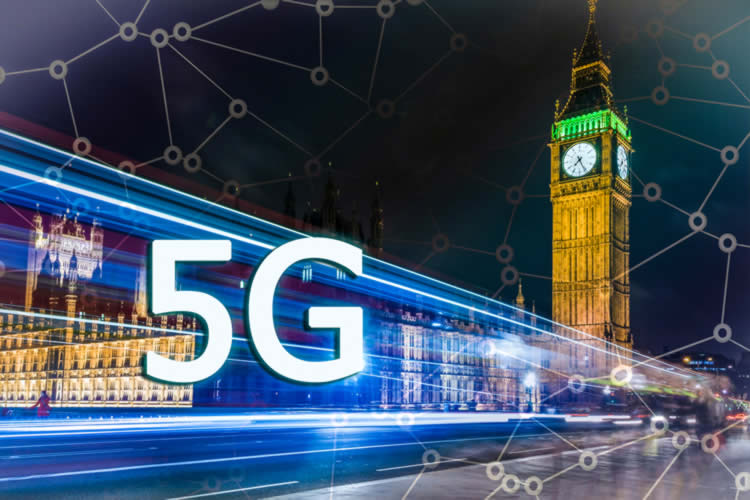
5G: The Next Generation
5G represents the latest advancement in wireless communication technology. It offers significant improvements over LTE, including faster speeds, lower latency, and increased capacity. 5G operates on different frequency bands, including low-band, mid-band, and high-band (mmWave).
Advantages of 5G
- Extreme Data Speeds: 5G can achieve download speeds of up to 10 Gbps, significantly surpassing LTE’s capabilities. This allows for ultra-fast downloads, seamless 4K video streaming, and rapid data transfers.
- Ultra-Low Latency: 5G networks deliver ultra-low latency, reducing response times to milliseconds. This is crucial for real-time applications like autonomous vehicles, remote surgeries, and augmented reality (AR).
- Massive Device Connectivity: 5G is designed to handle a massive number of connected devices simultaneously. This is essential for the growth of the Internet of Things (IoT) and enables seamless communication and data exchange between devices.
- Network Slicing: 5G introduces network slicing, which allows operators to create virtual network segments tailored to specific use cases or industries. This customization enhances security, dedicated resource allocation, and enables applications like smart cities and industrial automation.
- Energy Efficiency: 5G networks are designed to be more energy-efficient compared to previous generations. This is achieved through network densification, advanced sleep modes, and dynamic power management, contributing to a greener and more sustainable future.
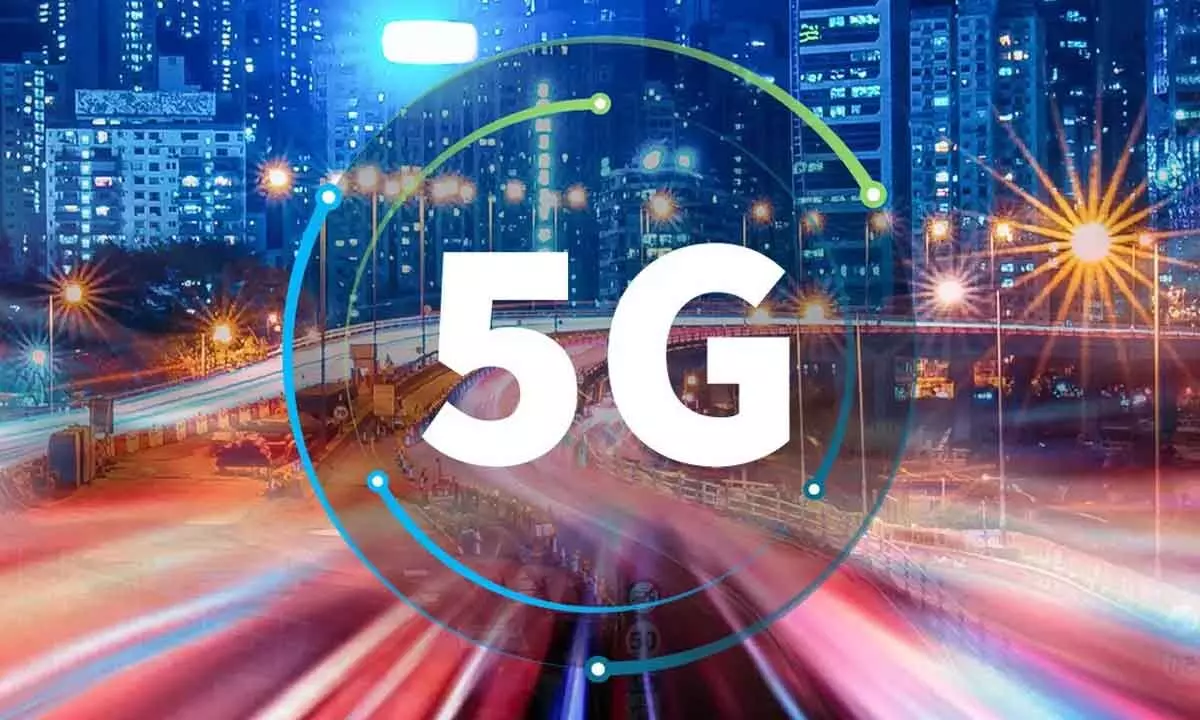
Implications of 5G
- Industry Transformation: 5G has the potential to revolutionize various industries, including manufacturing, transportation, healthcare, and entertainment. It enables innovations like autonomous vehicles, remote surgeries, smart factories, and immersive AR/VR experiences.
- Smart Cities: 5G plays a vital role in the development of smart cities. Its high speeds, low latency, and massive device connectivity enable efficient traffic management, intelligent energy distribution, remote monitoring, and numerous applications that enhance urban life.
- Internet of Things (IoT): The growth of IoT devices requires a robust network infrastructure, and 5G provides the capacity and connectivity needed for seamless communication and data exchange between devices.
- Enhanced Mobile Experiences: 5G provides transformative mobile experiences, enabling high-definition content streaming, graphics-intensive gaming, and access to cloud-based services with seamless and lag-free performance.
Conclusion
LTE and 5G represent significant milestones in the evolution of mobile network technology. While LTE provided faster speeds and lower latency compared to its predecessors, 5G takes performance to a new level. With its extreme data speeds, ultra-low latency, massive device connectivity, and network slicing capabilities, 5G has the potential to drive innovation and reshape industries worldwide. As 5G continues to expand, it will unlock countless opportunities, revolutionizing how we live, work, and connect in a hyper-connected world.
By Abdul W Moghul
 MVNO MVNE MNO Mobile & Telecoms industry intelligence Telecoms Jobs, News and Business
MVNO MVNE MNO Mobile & Telecoms industry intelligence Telecoms Jobs, News and Business
